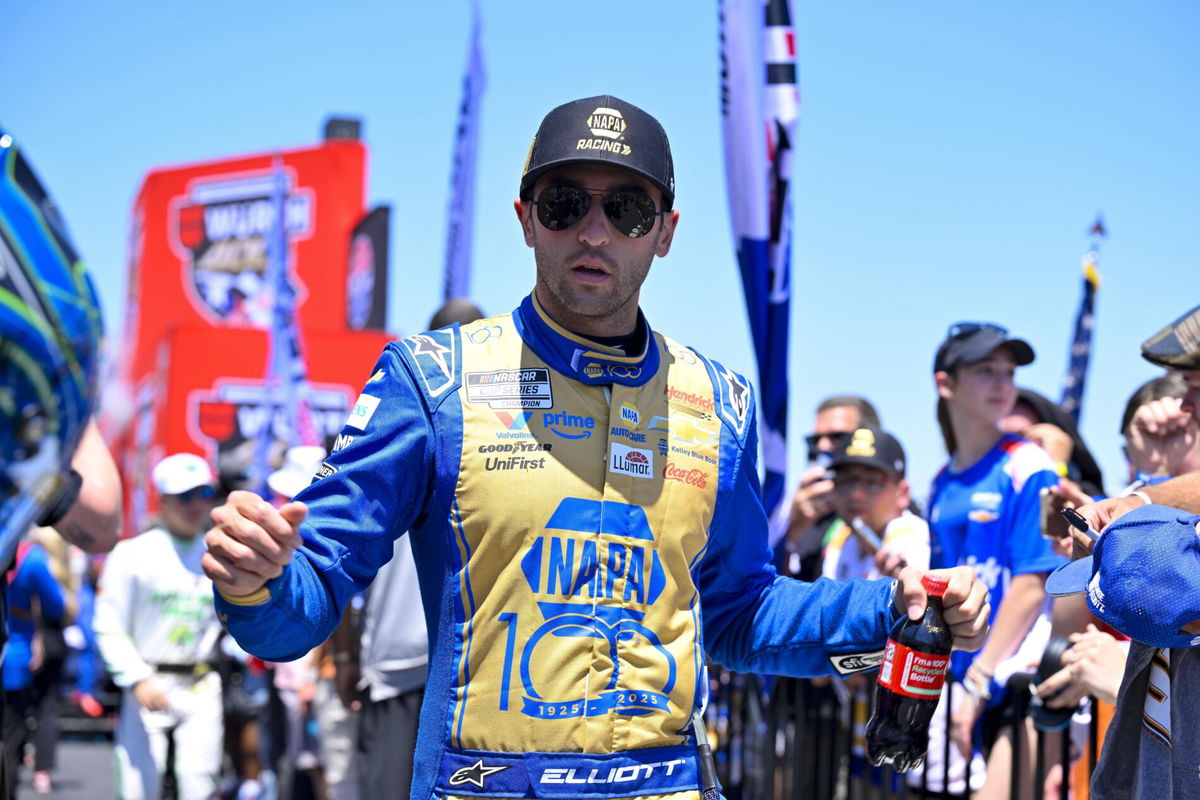
Imago
NASCAR, Motorsport, USA Wurth 400 presented by LIQUI MOLY May 4, 2025 Fort Worth, Texas, USA NASCAR Cup Series driver Chase Elliott 9 is introduced before the start of the Wurth 400 race at Texas Motor Speedway. Fort Worth Texas Motor Speedway Texas USA, EDITORIAL USE ONLY PUBLICATIONxINxGERxSUIxAUTxONLY Copyright: xJeromexMironx 20250504_jpm_an4_M27463

Imago
NASCAR, Motorsport, USA Wurth 400 presented by LIQUI MOLY May 4, 2025 Fort Worth, Texas, USA NASCAR Cup Series driver Chase Elliott 9 is introduced before the start of the Wurth 400 race at Texas Motor Speedway. Fort Worth Texas Motor Speedway Texas USA, EDITORIAL USE ONLY PUBLICATIONxINxGERxSUIxAUTxONLY Copyright: xJeromexMironx 20250504_jpm_an4_M27463
The Chicago NASCAR Street Race is a hot topic among many about where the sport is heading in the future. A vision to put NASCAR action right in some of the country’s largest cities, but which has also elicited both protests and support from fans, drivers, and area residents. As much as the street course would present an odd spectacle different from that of NASCAR’s traditional ovals, it also prompted questions about logistics, local impact, and the sport’s core identity.
Watch What’s Trending Now!
The Chicago race has come under scrutiny, in particular, for its road closures and dismay of those within the city, even while its reach and media presence grow. The question of keeping or rotating would be paramount in many fans’ eyes. But drivers like Chase Elliott have chimed in and, with great candor, addressed how these events do or don’t fit into the larger stock car racing picture.
ADVERTISEMENT
“A Great Second Choice”: Elliott’s Perspective on Chicago and NASCAR’s Identity
When asked about the legacy of the Chicago Street Race and the broader push to bring NASCAR into city centers, Chase Elliott didn’t mince words. “I think it’s a great idea for sure, and I’m all for that,” he said in a recent interview, acknowledging the excitement and novelty of racing through Chicago’s streets. But Elliott quickly drew a line between what the city offers and what he sees as the heart of the sport: “The biggest reason I’m such a big advocate of Nashville is because, to me, oval track racing is kind of our bread and butter, right?”
Elliott’s comments reveal a deep-rooted belief that NASCAR’s true identity lies on oval tracks, not city grids. “This is a great second choice to get to a city, but there’s nothing that’s going to top giving people true short track. What is NASCAR? Here it is. You know, take a Uber from Broadway to the racetrack and go watch. Like to me, that is the biggest home run waiting to happen that we’ve had in a long time,” he explained. For Elliott, the proximity of a racetrack to a city’s core is appealing, but only if it preserves the oval tradition that defines NASCAR.
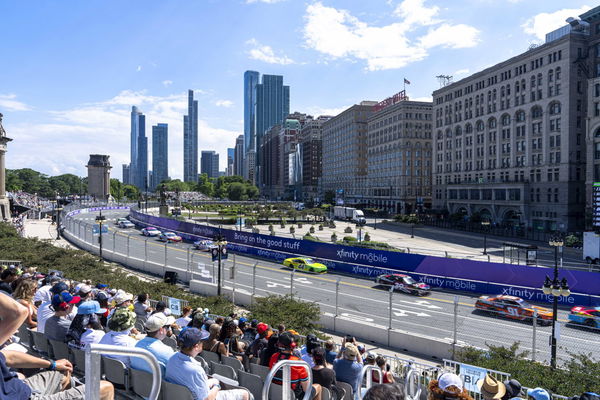
Imago
CHICAGO, IL – JULY 06: A view of the Chicago Street Race from the stands overlooking the skyline as drivers race through the track during the NASCAR, Motorsport, USA Xfinity Series The Loop 110 at the Chicago Street Course on July 06, 2024 in Chicago, Illinois. Photo by Ben Hsu/Icon Sportswire AUTO: JUL 06 NASCAR Xfinity Series The Loop 110 EDITORIAL USE ONLY Icon224240619024
Despite this, Chase Elliott is quick to recognize the unique appeal of Chicago’s event. “It’s been a lot of fun for you know, like friends and family and people to come to this race, like just from my personal side because it’s so different from what they typically see,” he shared. The race’s urban setting entertains the track, making it a destination for more than just die-hard fans. Yet, he’s also empathetic to local frustrations: “If I lived here, and I wasn’t a NASCAR fan, I could totally see the frustration of roads being blocked and traffic and all that sort of thing. So, look, I get it.”
ADVERTISEMENT
Elliott’s vision for the future is pragmatic and open-minded. He suggests that moving the street course to different cities could keep the concept fresh and engaging: “I hope that somewhere down the line we can take it to a different city, you know, just to switch it up, just like the championship race rotating. I think a city street course moving around would be really healthy and good.” While he appreciates Chicago’s hospitality, he sees the event as a valuable experiment, one that complements, but does not replace, NASCAR’s oval roots.
ADVERTISEMENT
Top Stories
Ross Chastain Labels NASCAR Driver “The Most Punchable Face” to Excuse Himself Over Punchgate Controversy
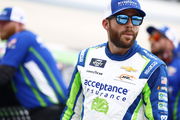
Commissioner Steve Phelps Quits NASCAR Days After Getting Exposed in Lawsuit Trial

Who Is Steve Phelps? NASCAR Commissioner’s Net Worth, Wife & NASCAR Contract

Jimmie Johnson Poaches Richard Childress’ Key Ally Ahead of NASCAR 2026 Season
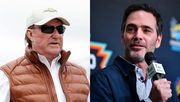
NASCAR Rumor: Justin Marks’ Trackhouse to Lose $4.5M in Sponsorship After Billionaire Partner’s Exit
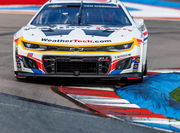
Drivers Reflect on NASCAR’s Urban Expansion and Oval Tradition
After all, Elliott’s complicated relationship with Chicago reflects a larger discussion in the NASCAR paddock over how much the sport must sacrifice innovation in favor of upholding tradition. Although Elliott is a defender of the oval as NASCAR’s “bread and butter,” other drivers have expressed both excitement and skepticism for the sport’s foray into the city.
Denny Hamlin, for instance, has conceded that street courses made for a fun spectacle but wondered long-term about their fit: “It’s cool to bring NASCAR to new fans, but at the end of the day, our best product is on the ovals. That’s where the racing is purest and where our history is made,” Hamlin said in one of several interviews in recent weeks. His is an outlook shared by Elliott, one that places a premium on the necessity to preserve the sport’s fundamental nature even as it goes in search of new audiences.
ADVERTISEMENT
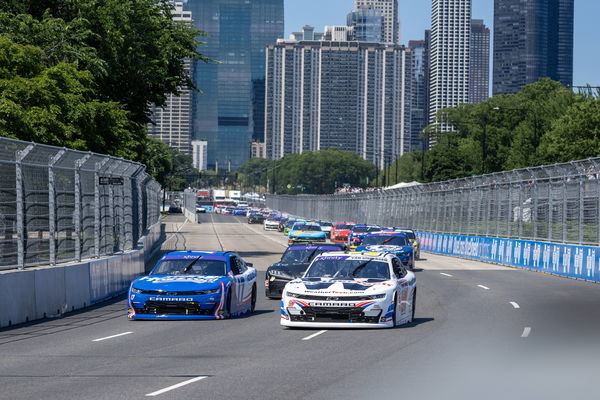
Imago
NASCAR, Motorsport, USA Xfinity Series : July 06 The Loop 110 NASCAR Xfinity Series driver, Shane van Gisbergen races for position for the The Loop 110 in Chicago, IL, USA. LicenseRM 21941955 Copyright: xZoonar.com/LoganxTxArcexActionxSportsxPhotographyxInc.x 21941955
Conversely, drivers like Shane van Gisbergen, who made headlines with his street course prowess, see value in the challenge and unpredictability of urban racing. “Street courses are wild, you never know what’s going to happen. It’s a different skill set, and I think it shows how versatile NASCAR drivers can be,” van Gisbergen remarked. For him, the street race is less about tradition and more about pushing the boundaries of what the sport can offer.
Kevin Harvick, a NASCAR veteran, said: “I love the idea of bringing NASCAR to the people, but we can’t lose sight of what makes our sport special. But there’s room for both, so long as we don’t forget where it is we came from.” Harvick’s remarks represent the tension between honoring NASCAR’s roots on ovals and adopting new series formats that might sustain its future.
ADVERTISEMENT
As NASCAR waits on the future of the Chicago Street Race and plots its next moves, the conversation between drivers illustrates one undeniable reality: the sport’s identity is still being carved, city by city and track by track.
ADVERTISEMENT
ADVERTISEMENT
ADVERTISEMENT

